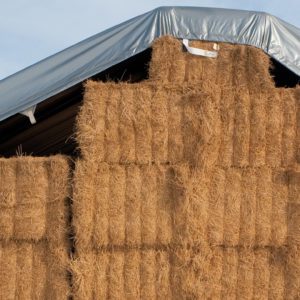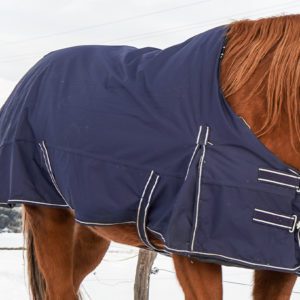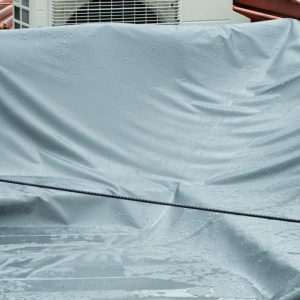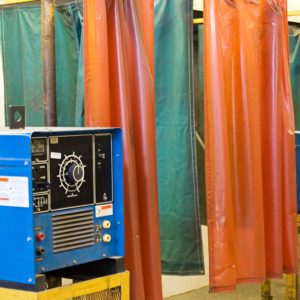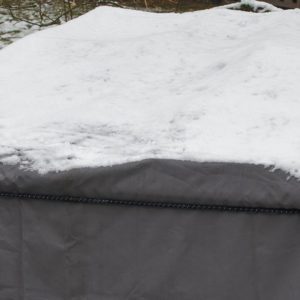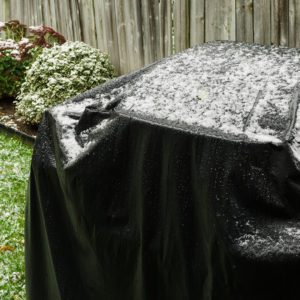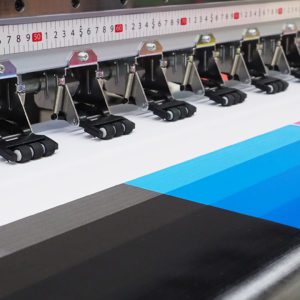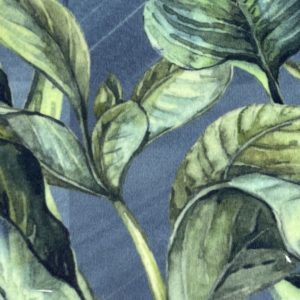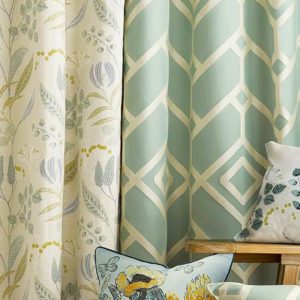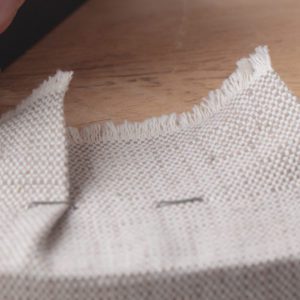Overview
Understanding how cotton quality grades impact material quality requires digging back to the fiber’s roots and following its journey from field to fabric. In this article, we dissect the different types of cotton and discover how environmental factors, staple length, and processing directly impacts cotton quality grades.
Environmental Impact Affects Cotton Grade Consistency
Ugh. Rain. Since cotton is a natural substrate, it can be affected by many external variables, downpours included. In addition to staple length and processing variables, environmental factors can directly impact the different grades of cotton. If one cotton field experiences a drought, heatwave, or frost, the resulting fabric can look and feel radically different from another region’s yield. That’s why TVF goes the extra mile to ensure consistency by sourcing large batches of natural fibers from reliable mills that buy from the same farmers. Not only does running larger batches allow for less differentiation with shades, it allows us to offer a consistent, high-quality product to all of our customers.
Remember: lower grades of cotton will always have more defects and, ultimately, won’t last as long as higher grade cottons.
Different Grades of Cotton: Worst to Best
Open End Cotton
The lowest grade of cotton is made with the shortest staple fibers. It is the least expensive type of cotton, pills easily, and has a scratchy hand.
Carded Cotton
The fiber length of carded cotton varies and is therefore known for being inconsistent and less reliable. It’s cheap, coarse, and can have a rough hand.
Combed Cotton
The fibers of combed cotton undergo an extra step of being combed to remove short fibers before they are made into yarn. This results in a softer, stronger, and more luxurious fabric that costs a higher price.
Combed Ring Spun Cotton
This variety offers the highest grade of cotton quality made from long-staple fibers. It has the most complex yarn spinning process, which creates a polished yarn with a superior hand and strength.
Cotton Processing
Cotton fabric is made up of very thin yarns arranged in various ways. Read about yard spinning here.
Summary
When it comes to different grades of cotton, consistency is key. Since environmental factors and staple fiber types affect cotton quality, buying natural fibers in large batches matters. Ensuring consistency in our cotton fabrics is just one way TVF sets itself apart as a reliable partner.
